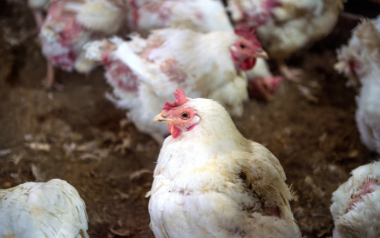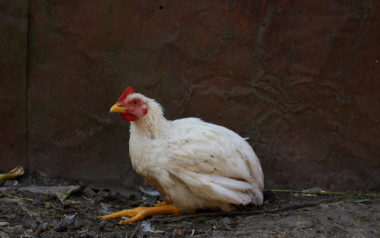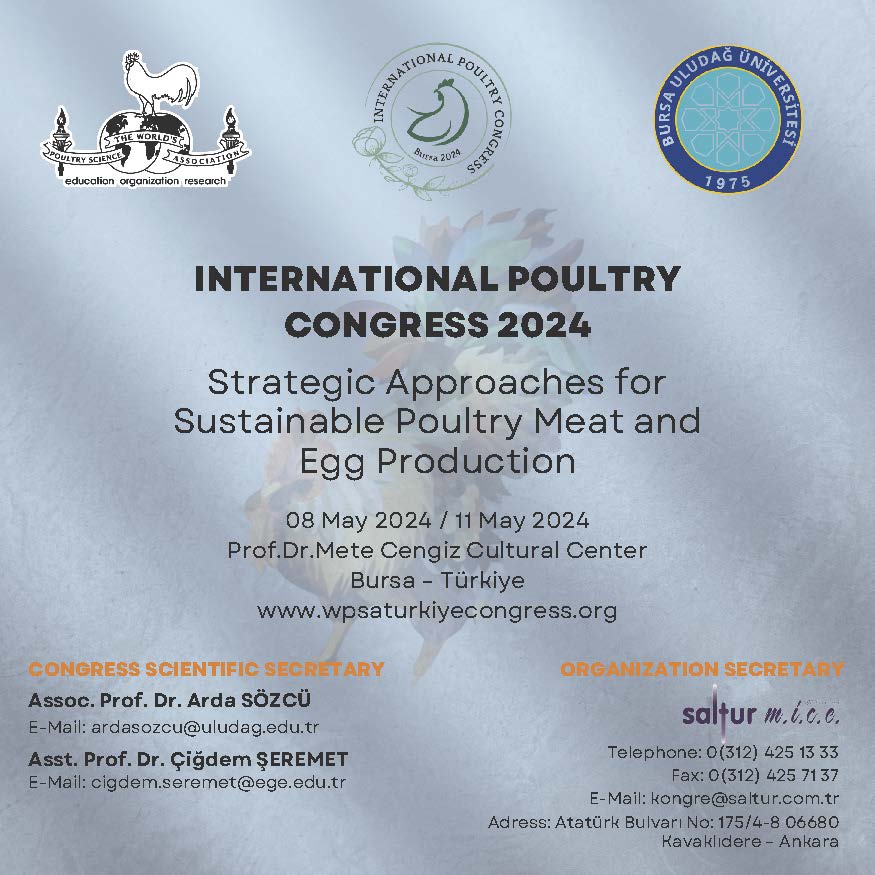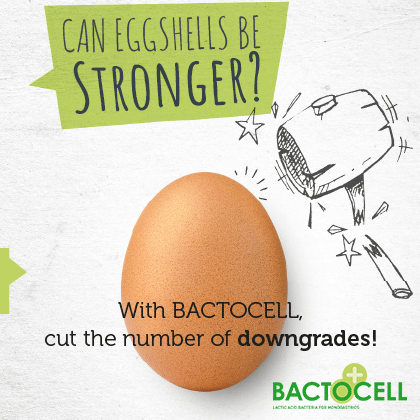Salmonella & environmental resistance
How salmonella adapts & survives in chicken & in the environment
Contenido disponible en: Español (Spanish)Salmonella put human health at risk. Also the health and performance of birds. Parasitic salmonella are […]
Salmonella put human health at risk. Also the health and performance of birds. Parasitic salmonella are widely distributed in the wild, and are resistant to the environmental conditions, meaning they can survive weeks and even months away from birds.
Focusing on Salmonella in broilers is always important, as there are economic losses when salmonella positive chickens arrive at processing plants. Losses are also accounted for by the producer with additional costs for cleaning and disinfection.
This article addresses the resistance of salmonella in birds and the environment, specifying characteristics of some serovars. Perhaps understanding these elements is important, to know why salmonella still persists, regardless of all measures we may have taken against it.
The different stressors (Figure 1) promote changes in the biology of bacterial cells, allowing modifications in the physiological characteristics known to the genus and determining greater resistance to the bird and the environment. This occurs in salmonella.

Figure 1: Representation of salmonella survival dynamics in stressful situations.
HEAT SURVIVAL
Salmonella is considered a mesophilic bacterium, thus they have a wide temperature range for their development. Survival under heat is genetically due to Sigma factors that can detect alterations in the outer membrane and activate genes in response to heat stress so that bacteria adapts to higher temperatures. Thus, it is believed that heat resistance confers prior adaptation to different temperatures. Particularly, resistance to thermal stress is widely known in Salmonella Senftenberg, which has a high resistance to heat, with a thermo-tolerance of approximately 30 times more than Salmonella Typhimurium.
COLD SURVIVAL
Salmonella uses cold shock proteins (CSP) in response to rapid adaptation to reductions in ambient temperature. These proteins develop during the acclimatization phase from 30 °C to 10 °C. Many studies have been conducted on the ability of Salmonella to increase its survival rate, expressing CSPs when treated at low temperatures (5 °C to 10 °C) before freezing. Salmonella Enteritidis can survive in chicken parts at 2 °C, and in eggshell at 4 ° C, while Salmonella Typhimurium survives on minced chicken at 2 °C 
Another factor that can interfere with salmonella resistance is low pH levels. Approaching acidic mediums, Salmonella in birds first reaches the crop with a pH of 4 to 5. If adaptation occurs in this medium, Salmonella can survive and adapt to more acidic pH environments and therefore survive the antibacterial effects of the pH in the digestive tract. Genes that confer resistance to acids act on bacterial cells, increasing resistance to low pH and increasing survival within macrophages. This allows for salmonella to persist longer in infecting birds.
TO CONTINUE READING REGISTER IT IS COMPLETELY FREE
Access to articles in PDF
Keep up to date with our newsletters
Receive the magazine for free in digital version
REGISTRATION
ACCESS
YOUR ACCOUNT
LOGIN
Lost your password?









































